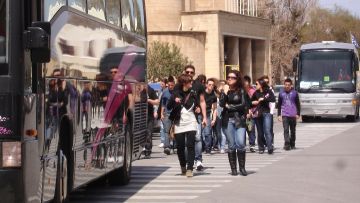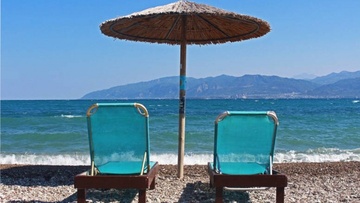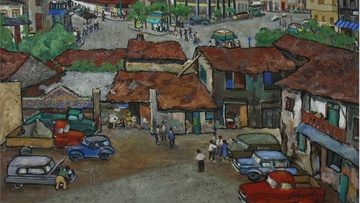Rich in History - Ancient Kamiros
ΑΝΑΓΝΩΣΤΗΚΕ 202 ΦΟΡΕΣ
Worth a scenic drive down the west coast of the island, viewing the individual personalities of the beautiful villages of Rhodes, take the time to ascend to the hill top of Ancient Kamiros.
The archaeological site reveals the remains of a city, a characteristic example of Hellenistic urban layout and design, with a division into zones of public and private buildings, arranged around the natural slopes of the hill, with a chessboard system of streets.
Incredible Sights:
Acropolis and Precinct of Athena Kameiras
The Doric temple, a tetrastyle peripteral (with porticos on all four sides), was surrounded by a peribolos. It replaced a previous Classical temple which was destroyed by the earthquake of 226 BC. Only its foundation has survived.
Hellenistic Stoa
This consisted of two rows of Doric columns and shops or lodgings at the rear for the worshippers. The columns at the front supported an architrave with metopes, triglyphs and a cornice (3rd-2nd c. BC).
Four-sided Hellenistic Altar (in front of the Doric Stoa)
Settlement of the Hellenistic and Roman periods. Built according to the Hippodamian system (with a grid of parallel streets and residential blocks of the same size, called insulae), it spread over the middle terrace of the hill. A principal feature of the houses was the interior colonnaded courtyard with one side usually higher than the others (Rhodian peristyle).
Hellenistic temple
Located on the third and lowest terrace of the archaeological zone. It was a poros distyle temple (having two columns in antis at the front), dedicated to Pythian Apollo.
Fountain-house
The facade consists of poros Doric half-columns faced with plaster and supporting an entablature. Panels closed the intermediate spaces. Inside it was an open tank from which the water was drawn (mid-4th c. BC). At a later period (3rd c. BC) the tank was replaced by a well and the columns were carved with the names of the damiourgoi (eponymous priests of ancient Kameiros).
A four-sided square (Agora)
Opened in front of the fountain-house, where the citizens forgathered for religious ceremonies. It had three steps on the south and east sides. Walls later enclosed the north and south sides, in which were doors to admit the faithful. The inscribed plinths on the stairs at the south side are later reconstructions by the Italians. The most important of the votive offerings was that of Panaitios, with the inscription ΘΕΟΙΣΠΑΣΙin ancient Greek– ‘’to all the gods’’ in English.
Peribolos of the Altars
On the northeast side of the third terrace along the retaining wall inscribed altars were erected, on two levels, dedicated to different deities. There are remains of a large oblong altar dedicated to Helios on the first level.


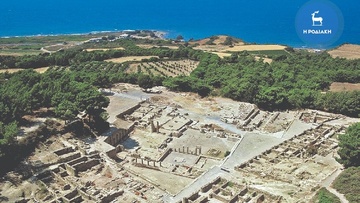
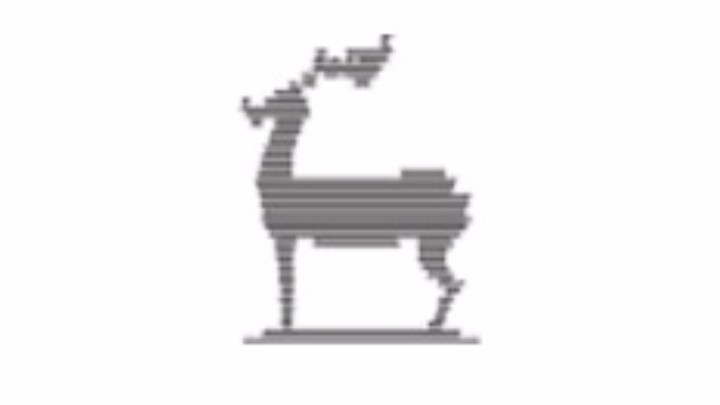
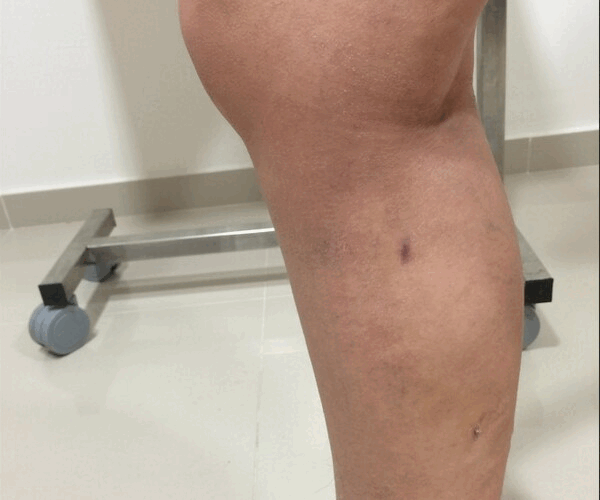


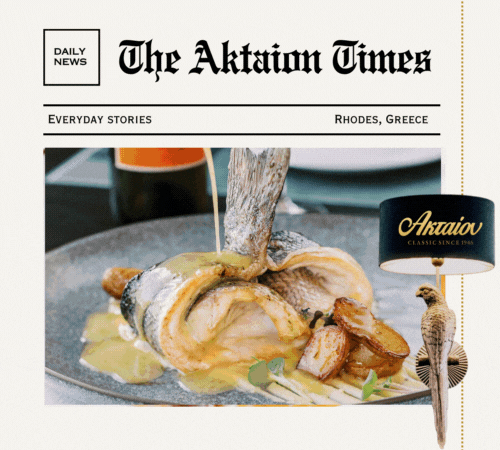
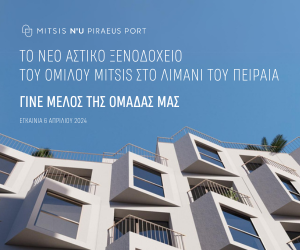
 Ακολουθήστε τη Ροδιακή στο Google News
Ακολουθήστε τη Ροδιακή στο Google News
